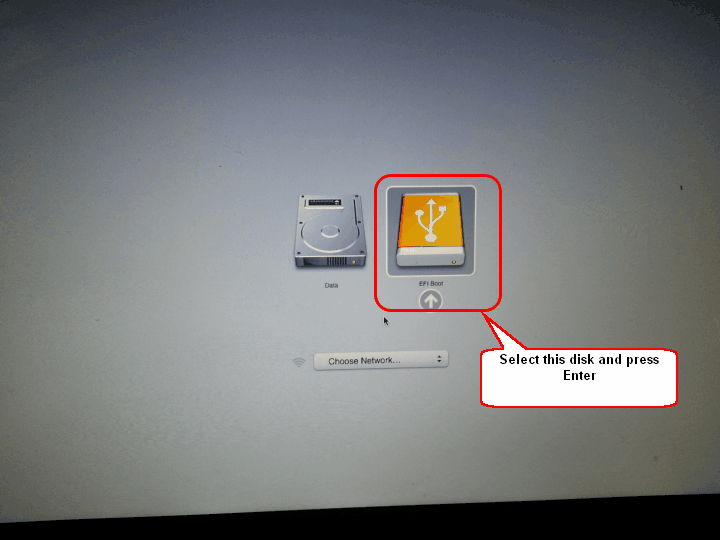Load Ssh Key At Startup For Mac
The ssh program allows you to securely access systems across the network. By default ssh prompts you for your password on the remote system. If you setup a secure key you can skip the password prompts. For instance: $ ssh lefty.soaustin.net uname -a Linux lefty.soaustin.net 2.6.26-2-686 #1 SMP Fri Aug 14 01:27:18 UTC 2009 i686 GNU/Linux In this example I ran the uname command on the remote system lefty.soaustin.net. Since I've setup a secure ssh key, the command ran without prompting for a password. Here is an easy - but bad! - procedure for setting up your ssh key: The problem with this procedure is that it tells you to create the key without a passphrase.
The passphrase prevents unauthorized access to your ssh key. When your ssh key is secured by a passphrase, the key is useless to somebody who doesn't have the passphrase.
Mac Startup Key Combinations


Load Ssh Key At Startup For Mac Download
If your ssh key does not have a passphrase, then every system you use is at risk if an attacker gets a hold of your key. So, contrary to the instructions in that article, you should enter a passphrase when asked. That, unfortunately, makes the process a little more complicated, because now you have to unlock the key every time you start a session. You do that by running the ssh-add command, which will prompt you for the passphrase.
$ ssh-add Enter passphrase for /home/chip/.ssh/iddsa: (enter passphrase here) Identity added: /home/chip/.ssh/iddsa (/home/chip/.ssh/iddsa) If you run the KDE environment, you can skip the passphrase prompt by saving it in your secure KDE wallet. Here's how to do that. First, load the ksshaskpass program. On Kubuntu (or similar Debian-based distributions) do this by running: sudo aptitude install ksshaskpass Second, create a KDE startup file that retrieves the passphrase from your wallet: cat /.kde/Autostart/ssh-add.sh.
Generate Ssh Keys Mac
Finding the Terminal App The terminal provides you with a text-based command line interface to the Unix shell of Mac OS X. To open the Mac OS X Terminal, follow these steps: In Finder, choose Utilities from the Go menu. Find the Terminal application in the Utilities window.
Double-click the Terminal application. The Terminal window opens with the command line prompt displaying the name of your machine and your username. An SSH key consists of a pair of files.
One is the private key, which you should never give to anyone. No one will ever ask you for it and if so, simply ignore them - they are trying to steal it. The other is the public key. When you generate your keys, you will use ssh-keygen to store the keys in a safe location so you can authenticate with. To generate SSH keys in Mac OS X, follow these steps:.
Enter the following command in the Terminal window. Your identification has been saved in /Users/yourmacusername/.ssh/idrsa. Your public key has been saved in /Users/yourmacusername/.ssh/idrsa.pub.
The key fingerprint is: ae:89:72:0b:85:da:5a:f4:7c:1f:c2:43:fd:c6:44:38 yourmacusername@yourmac.local The key's randomart image is: +- RSA 2048-+. E.
+ o = o + o.o. o. Oo.o. +-+ Your private key is saved to the idrsa file in the.ssh subdirectory of your home directory and is used to verify the public key you use belongs to your account.